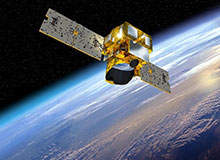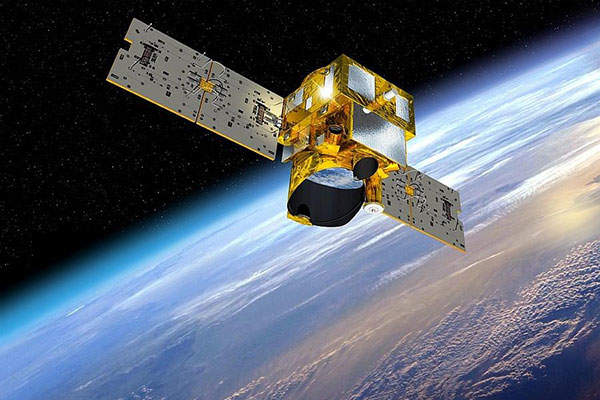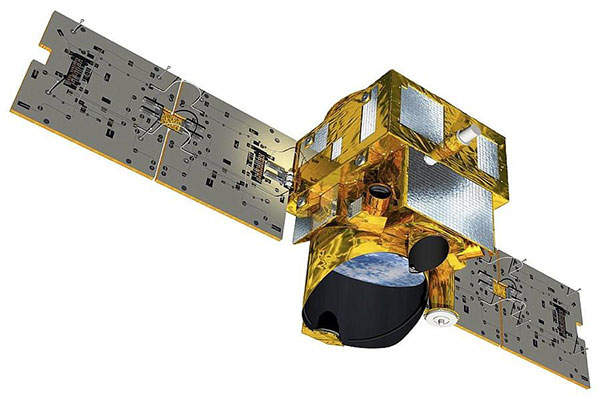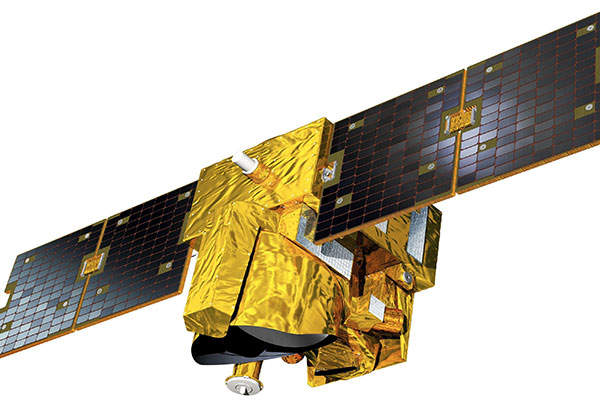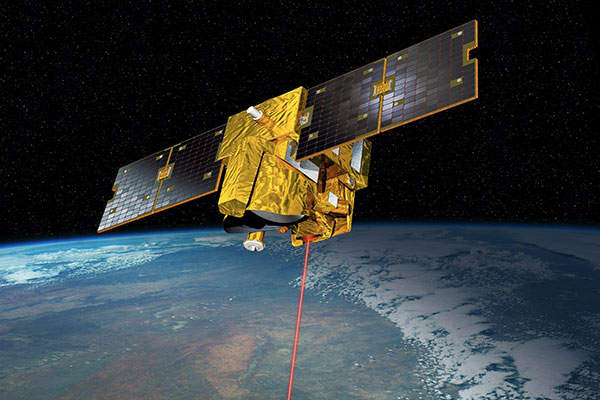MEthane Remote sensing LIdar mission (MERLIN) satellite is a joint development by CNES of France and DLR Space Administration of Germany. The satellite will study greenhouse gases and the phenomenon of global warming by measuring methane (CH₄) and carbon dioxide (CO₂) in the Earth’s atmosphere.
The satellite is expected to be launched into the sun-synchronous Earth orbit, with a mean orbit height of about 500km, in 2019.
MERLIN satellite design and development
Eutelsat-9B is a communication satellite being manufactured by Airbus Defence and Space, and will be operated by Eutelsat Communications.
Airbus Defence and Space was contracted to provide MERLIN satellite design, assembly, integration and testing services in April 2015. The satellite design and development is currently underway at the Airbus Defence and Space’s facility located in Toulouse, France.
The satellite will be based on AstroBus-S platform developed by Airbus Defence and Space. It will be funded using €40m ($44.87m) allocated under the French government’s Investments for the Future (PIA) programme.
Airbus Defence and Space was also awarded a contract by DLR to provide design and construction of LIDAR instrument.
The MERLIN satellite will have dimensions of 100cm x 100cm x 140cm and a launch mass of 400kg. It will have payload power of 150W and total satellite power of 400W. It will be designed for a mission lifetime of three years.
MERLIN satellite mission details
The primary objective of the MERLIN satellite will be to obtain the reasons for the increase in emission levels with high-precision and unprecedented accuracy on a global scale. The study will include knowing the rise in emission of greenhouse gases, and mechanisms driving the methane cycle.
The research laboratories located in France and Germany will exploit the scientific data obtained from the satellite. The improved knowledge on understanding of CH₄ sources and sinks and their interactions with the climate on Earth will help to predict wild fires and wetland changes due to climatic changes such as melting of permafrost soils and ocean sediments.
Instruments onboard MERLIN satellite
The satellite will include IPDA LIDAR, a light-detecting and ranging instrument, which includes a frequency-stabilised high-power laser as transmitter, and a receiver section consisting of an off-axis telescope as well as a sensitive signal chain.
The instrument will determine the total methane column density between satellite and Earth surface or cloud top height. It will also measure the amount of methane from different absorptions at two laser wavelengths including offline and online, reflected on Earth surface or cloud tops.
Control station for the MERLIN satellite
The MERLIN satellite will be controlled by CNES Earth terminal network stations located across Europe, Africa and America. The ground network station will command and receiving housekeeping data from S-band terminals and will also download scientific data from X-band terminals.

